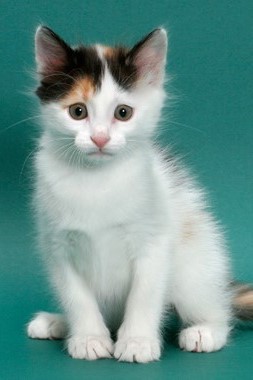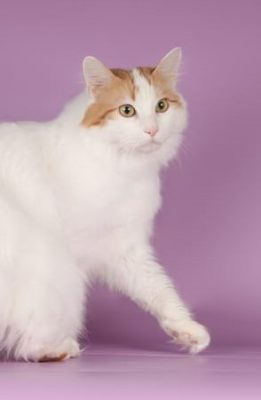Turkish Van
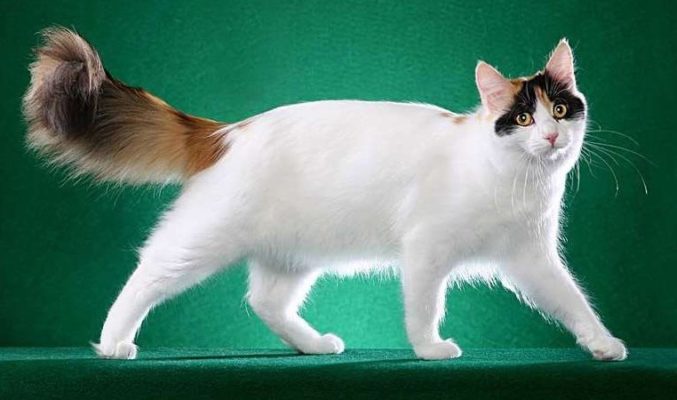
The Turkish Van is an independent, intelligent, beautiful, and intelligent cat; all owners admire its temperament. The description of the Turkish Van is very much – very soft, very active, very loud. These cats all the time want to cuddle, but it is not so easy to do. Turkish Van does not like to be often, and they are extremely independent cats for a long time on their arms. They will come to cuddle only when they want it and not a second before.
Table of Contents
Breed Information
| Origin | Turkey |
| Size | Males 37-40 cm Females 25-37 cm |
| Weight | Males 6-7 kg Females 5-6 kg |
| Fur Type | Semi-long-haired |
| Color | White with distinctive colored markings on head and tail |
| Lifestyle | Outdoors, indoors |
| Lifespan | 12-17 years |
| FIFe Classification | Category II: “Semi-long-haired” Breed designation – TUV |
| WCF Classification | Group 2: “Semi-long-haired” Breed designation – TUV |
| TICA Classification | TV |
| Group | Long-haired cats, cats for kids |
| Price | $400-600 |
Breed Photos
Origin History
The Turkish Van, or simply van cat, is one of the oldest domesticated cats on the planet. They appeared by themselves, without human intervention. They owe their existence to Mother Nature. This ancient breed’s homeland is the harsh region of Lake Van, near Mount Ararat in Turkey. Turks have long considered the breed of cat their local treasure. According to legend, it was the Van cat that was the lucky rat-catcher on Noah’s ark.
The Turkish Van is a rare breed, most often found in its homeland, Turkey. The Turkish Van became widely known in 1955 thanks to two British photographers, Laura Lushington and Sonia Halliday. The breed was officially recognized in 1969 and was called the Turkish cat. Ten years later, breeders in England decided to change the breed’s name to the Turkish Van. In 1979, the International Cat Association (TICA) granted Turkish Champion status to this breed.
Appearance
The Turkish Van is a breed of athletically built, fluffy white cats with a colored tail and ears. The dark mark on the back of the Turkish Van’s head is called the seal of the gods or the touch of Allah’s fingers. Such a cat is very revered among Turks and is considered blessed; everyone wants to get it.
The snow-white wool of Turkish baths is soft and silky – ironing them is a pleasure. Thanks to the absence of an undercoat, their hair is softer and thinner. The coat color of these cats is a result of the famous Van gene. Their head and tail have typical reddish or brownish markings, resembling paint spots.
The color of Turkish Vans’ eyes is blue or amber; sometimes, there are cats with heterochromia. Their strong torso can be compared to a swimmer’s body; it is quite large but muscular at the same time. Turkish Vans’ shoulders and chest are the same width as the head, which smoothly turns into a wide chest and strong legs. The center of gravity is shifted forward, giving these water-swimming cats a bulldog stance, which is why they are confident in the water. Cats don’t swim breaststroke; they tend to swim doggy-style.
Character
The Turkish Van is an independent, intelligent, beautiful, and intelligent cat; all owners admire its temperament. The description of the Turkish Van is very much – very soft, very active, very loud. These cats all the time want to cuddle, but it is not so easy to do. Turkish Van does not like to be often, and they are extremely independent cats for a long time on their arms. They will come to cuddle only when they want it and not a second before. Although you can not call them unsociable or not affectionate, Van cats in the first place value their personal space and freedom.
Care
Cats are suitable for families with older children. Turkish Vans are not suitable for small children because of their origin – they are hunters. And if the baby even accidentally pulls the van cat’s tail – hide everything, he will not survive such treatment.
Turkish cats are known the world over for their maniacally strange addiction to water. Ensure that the cat does not open the water tap by itself or flush the toilet in your absence. Such excessive love of Turkish Van to water is fraught with huge utility bills for the owners or expensive repair of the neighbors’ apartment downstairs.
When it comes to grooming, these cats need attention. If they’re fine hair is not brushed regularly, it will become tangled.
Education
Van cats are willful and independent; their training depends only on their desire and mood. Walking on a leash and basic house rules are the most they have the patience to learn. Turkish Vans are very fond of opening water faucets or cupboard doors – such behavior needs to be corrected, both for the safety of the cat itself and the peace and comfort of the whole family.
Common Diseases
Turkish Van – strong and strong cats with good healthy genes. Can suffer from obesity, and need to follow a proper diet. Various ailments that occur throughout the Turkish Van life include hypertrophic cardiomyopathy, worms, cystitis, dental disease, urolithiasis. Van cats inherit heart disease; when buying a kitten, ask for medical records of his parents to avoid problems with the pet’s health in the future. With proper care, quality nutrition, and daily activities, the Turkish Van can live up to 16 years.
Nutrition
In addition to premium food, the diet of Turkish Vans should include boneless saltwater fish, fresh meat, various porridges, and sour milk products. It is important to give cooked rice to the adult van, especially if you often offer milk to the pet. Meat is the basis of the diet for cats; in addition to proteins, it contains taurine, an important amino acid that supports the eye apparatus. A pet can lose its vision without regular consumption of meat products.
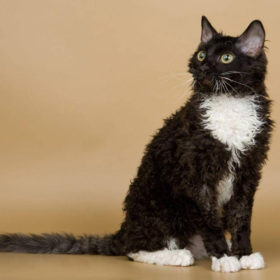 Ural Rex Longhair
Ural Rex Longhair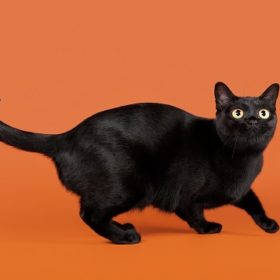 Bombay Cat
Bombay Cat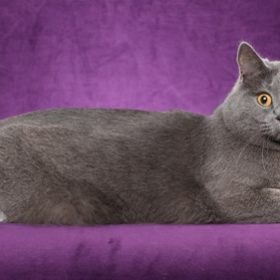 Chartreux
Chartreux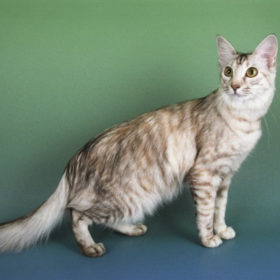 Oriental Longhair
Oriental Longhair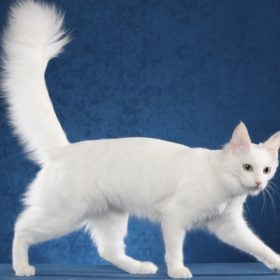 Turkish Angora
Turkish Angora Somali
Somali